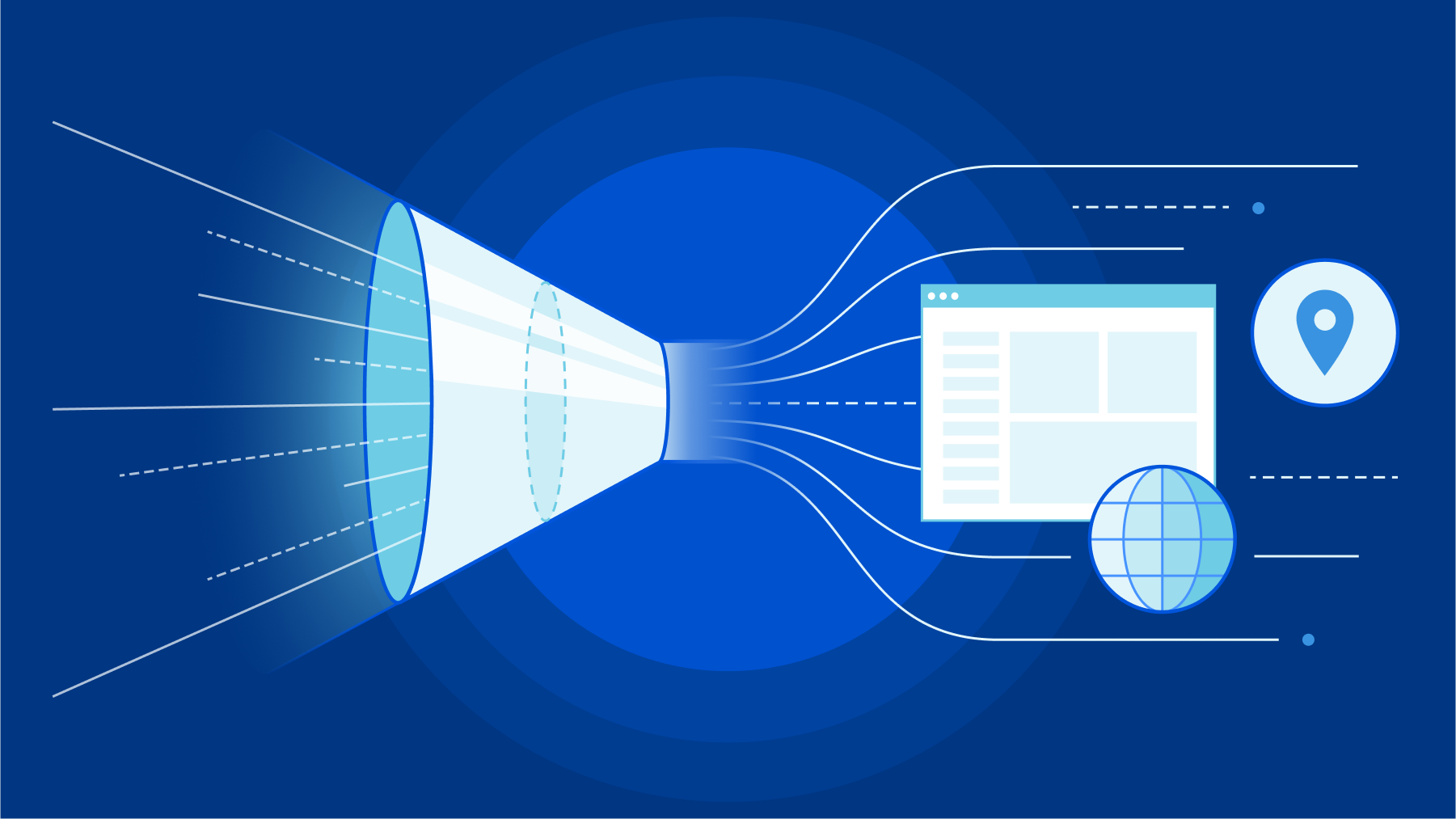Fast and dynamic encoding of Protocol Buffers in Go
Protocol Buffers are a popular choice for serializing structured data due to their compact size, fast processing speed, language independence, and compatibility. There exist other alternatives, including Cap’n Proto, CBOR, and Avro.
Usually, data structures are described in a proto definition file
(.proto). The protoc compiler and a language-specific plugin convert it into
code:
$ head flow-4.proto syntax = "proto3"; package decoder; option go_package = "akvorado/inlet/flow/decoder"; message FlowMessagev4 { uint64 TimeReceived = 2; uint32 SequenceNum = 3; uint64 SamplingRate = 4; uint32 FlowDirection = 5; $ protoc -I=. --plugin=protoc-gen-go --go_out=module=akvorado:. flow-4.proto $ head inlet/flow/decoder/flow-4.pb.go // Code generated by protoc-gen-go. DO NOT EDIT. // versions: // protoc-gen-go v1.28.0 // protoc v3.21.12 // source: inlet/flow/data/schemas/flow-4.proto package decoder import ( protoreflect "google.golang.org/protobuf/reflect/protoreflect"
Akvorado collects network flows using IPFIX or sFlow, decodes them with GoFlow2, encodes them to Protocol Buffers, and sends them to Kafka to be stored in a ClickHouse database. Collecting a new field, such as source and destination MAC addresses, requires modifications in multiple places, including the proto definition file and the ClickHouse migration code. Moreover, Continue reading
 s chief AI scientist, is not impressed by ChatGPT, the wildly popular artificial intelligence technology that is making headlines daily.
s chief AI scientist, is not impressed by ChatGPT, the wildly popular artificial intelligence technology that is making headlines daily.

